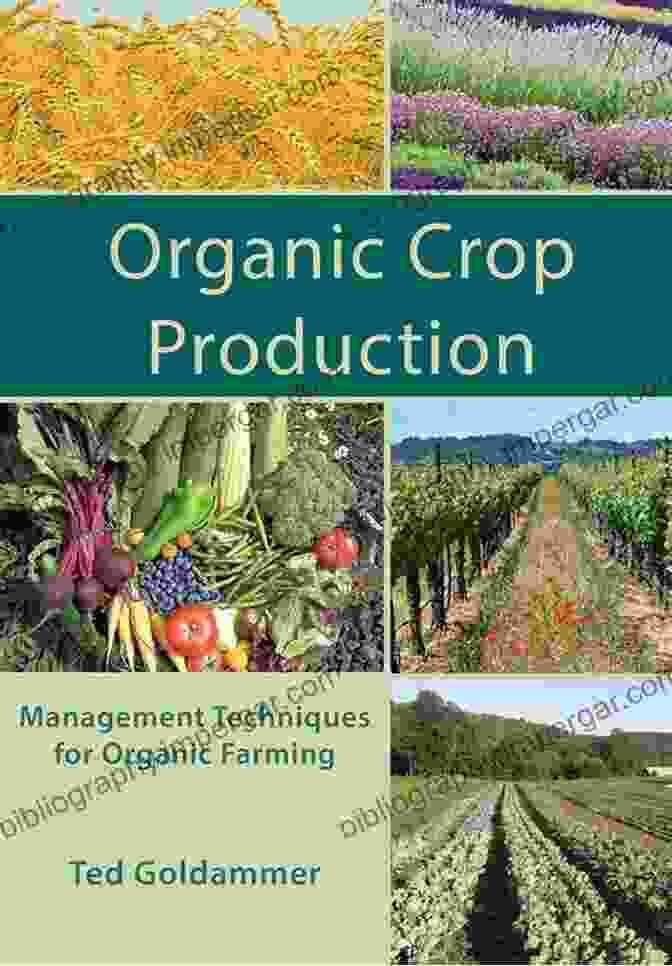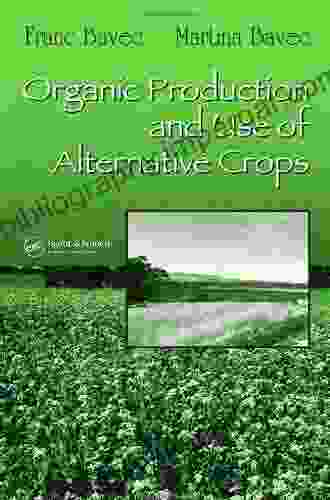: Delving into the Burgeoning World of Alternative Crops
In the face of global challenges like climate change, food security, and environmental degradation, the agricultural industry is embracing a paradigm shift. Organic farming and the cultivation of alternative crops offer promising solutions to meet these challenges while promoting sustainability and resilience. This article delves into the groundbreaking book "Organic Production and Use of Alternative Crops," a comprehensive guide that empowers readers with the knowledge and tools to harness the potential of these crops.
Chapter 1: Unlocking the Treasure Trove of Alternative Crops
The book begins by introducing a wide array of alternative crops, showcasing their unique characteristics and potential applications. From quinoa and amaranth to chia and lentils, each crop is meticulously described, highlighting its nutritional value, adaptability to diverse climates, and potential role in enhancing food security.
4.3 out of 5
| Language | : | English |
| File size | : | 4461 KB |
| Text-to-Speech | : | Enabled |
| Enhanced typesetting | : | Enabled |
| Print length | : | 257 pages |
| Screen Reader | : | Supported |
Chapter 2: Embracing Organic Principles for Sustainable Production
Organic farming practices are essential for cultivating alternative crops in a harmonious and environmentally friendly manner. This chapter provides in-depth guidance on organic soil management, crop rotation, pest and disease control, and the use of natural fertilizers.
Chapter 3: Unveiling the Secrets of Soil Health
Healthy soil is the foundation for successful crop production. This chapter explores the intricate relationship between alternative crops and soil health, discussing the role of cover crops, mulching, and compost in improving soil fertility, structure, and biodiversity.
Chapter 4: Precision Farming and Postharvest Management
Technology and innovation play a crucial role in modern agriculture. This chapter delves into precision farming techniques, such as remote sensing and data analytics, to optimize crop yields and reduce environmental impact. It also covers best practices for postharvest handling, maximizing crop quality and ensuring nutritional value.
Chapter 5: Harnessing the Power of Agroforestry
Agroforestry integrates trees and shrubs into agricultural systems, creating diverse and resilient ecosystems. This chapter explores the benefits of agroforestry for alternative crop production, including improved soil health, increased biodiversity, and enhanced carbon sequestration.
Chapter 6: Unveiling the Culinary Delights of Alternative Crops
Alternative crops offer not only nutritional value but also culinary versatility. This chapter delves into the culinary uses of these crops, showcasing innovative recipes and demonstrating how to integrate them into a healthy and sustainable diet.
Chapter 7: Exploring the Economic Potential of Alternative Crops
Beyond their environmental and nutritional benefits, alternative crops also hold economic promise. This chapter examines the market opportunities for these crops, discussing value-added products, niche markets, and the potential for export.
Chapter 8: Case Studies: Real-World Success Stories
To illustrate the practical applications of organic alternative crop production, this chapter presents case studies from around the world. From small-scale farmers in developing countries to large-scale commercial operations, these case studies provide tangible examples of how alternative crops are transforming food systems and livelihoods.
Chapter 9: The Future of Alternative Crops: Innovations and Opportunities
The final chapter looks ahead, exploring emerging trends and innovations in alternative crop production. It discusses genomic technologies, climate-resilient varieties, and the potential role of alternative crops in bioenergy and industrial applications.
: Empowering a Sustainable Future
"Organic Production and Use of Alternative Crops" is a comprehensive and authoritative guide that empowers readers with the knowledge and skills to harness the potential of these crops. By embracing organic principles, utilizing precision farming techniques, and exploring culinary innovations, we can create a sustainable and resilient agricultural system that meets the challenges of the future.



























































































